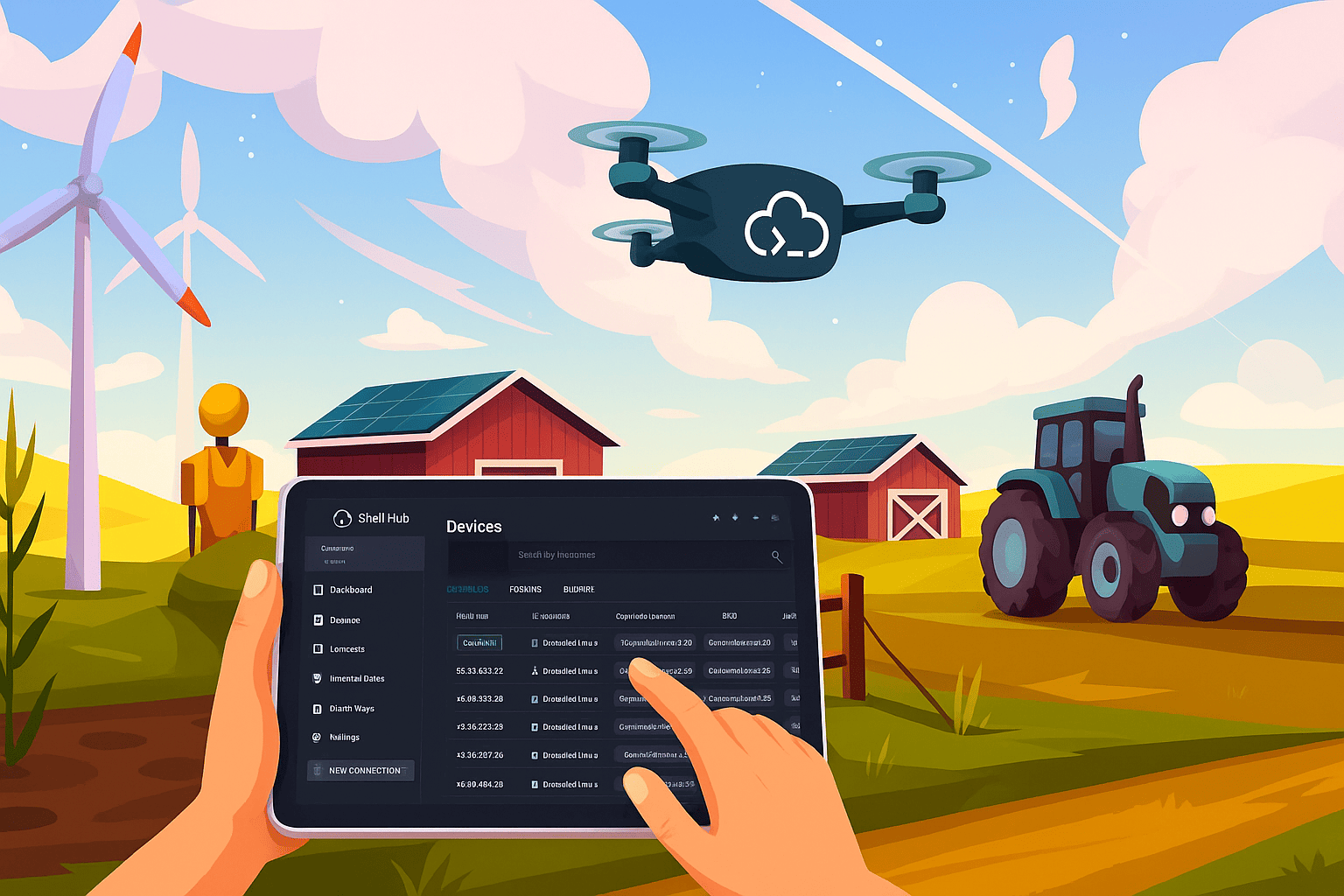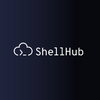How ShellHub is Revolutionizing Remote Support for Embedded Devices in Agribusiness

Supporting embedded devices deployed across large rural areas presents a unique set of challenges: long distances, poor connectivity, lack of real-time visibility, and high operational costs.
For agribusiness companies relying on automation and IoT technologies to optimize farm operations, technical support has traditionally meant on-site visits, slow troubleshooting, and frequent downtime.
However, a major shift is happening. Companies in the agricultural sector are leveraging ShellHub to transform how they manage remote access and technical support, achieving greater efficiency, reduced costs, and faster issue resolution.
In this article, we'll explore how ShellHub has become a game-changer for connected agribusiness operations and how it is redefining the support model for embedded systems in the field.
1. The Challenges of Field Support in Agribusiness Environments
Maintaining device reliability in remote and rural areas is no easy task. Key obstacles include:
- Lack of real-time visibility: Without direct insight into device status, issues often escalate before anyone is aware.
- High costs for technical visits: Travel to rural sites for diagnostics and repair creates financial and operational burdens.
- Infrastructure limitations: Many farms lack robust networking infrastructure, complicating traditional remote support approaches.
Addressing these challenges becomes critical as agribusiness increasingly depends on connected devices for automation, climate control, and production monitoring.
2. Adopting ShellHub: From Pilot Testing to Critical Infrastructure
To tackle these issues, some agribusiness teams integrated ShellHub directly into their device architecture.
- Pilot testing phase: ShellHub agents were deployed on embedded devices to validate resource usage, stability, and integration potential.
- Gradual adoption: Initially used for device debugging, ShellHub's usage expanded to everyday support and operations.
- Dedicated infrastructure: Companies migrated to dedicated ShellHub Enterprise servers, ensuring scalability and customization to meet specific operational needs.
This transition from testing to full production use showcased ShellHub’s ability to evolve into a cornerstone of device fleet management.
3. Remote Support as a Strategic Advantage
ShellHub did more than improve support — it redefined it:
- Full remote visibility: With ShellHub, engineers can "have eyes inside the farm," remotely auditing device activity and user interactions.
- Significant reduction in field visits: Remote access drastically reduced the need for sending technicians on-site for diagnostics.
- Faster and more reliable troubleshooting: By remotely activating debug modes and accessing device logs, technical teams could quickly identify and address issues.
In a sector where time lost means productivity lost, the ability to act quickly without physically visiting devices became a critical advantage.
4. Advanced Integrations: Unlocking the Power of the API
The technical teams didn’t stop at using the ShellHub Web UI — they went deeper:
- Early API adoption: Even before formal documentation, ShellHub’s API was used to automate critical workflows.
- Automated tasks: Tasks such as fetching SSH keys, verifying device versions, and remotely restarting modules were automated via API calls.
- Stable evolution: After initial adjustments, ShellHub’s API matured, providing a reliable backend integration for device management systems.
This deep API integration enabled organizations to scale their operations and eliminate repetitive manual tasks.
5. Practical Lessons for Building a Connected Agribusiness Operation
Several best practices emerged from the deployment of ShellHub in agricultural environments:
- Embed remote access from day one: Plan for remote management as a core requirement, not an add-on feature.
- Leverage open, flexible solutions: Choose tools that adapt to real-world field needs and can be customized.
- Automate whenever possible: Use APIs to automate monitoring, updates, and device maintenance to boost efficiency and reliability.
For modern agribusiness operations, robust and proactive device management is no longer optional; it is essential for scaling smart farming initiatives.
Conclusion
ShellHub has proven to be far more than a remote access utility; it has become a strategic pillar in the digital transformation of agribusiness.
By enabling secure, agile, and automated management of embedded devices across large rural operations, ShellHub empowers companies to move beyond reactive support and toward smart, scalable, and proactive IoT operations.
In a world where agricultural productivity increasingly depends on technology, embracing solutions like ShellHub means staying ahead, efficiently, securely, and sustainably.
? Learn more about how ShellHub can optimize your operations
#Agribusiness #IoT #RemoteSupport #ShellHub #EmbeddedSystems #SmartFarming #IoTDevices #Agritech #RemoteAccess #Automation
